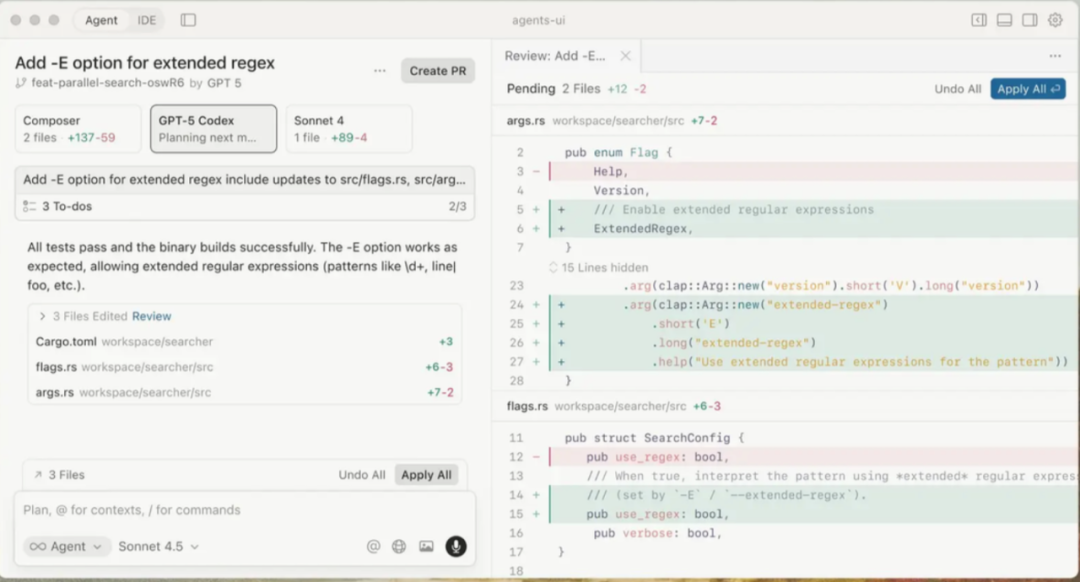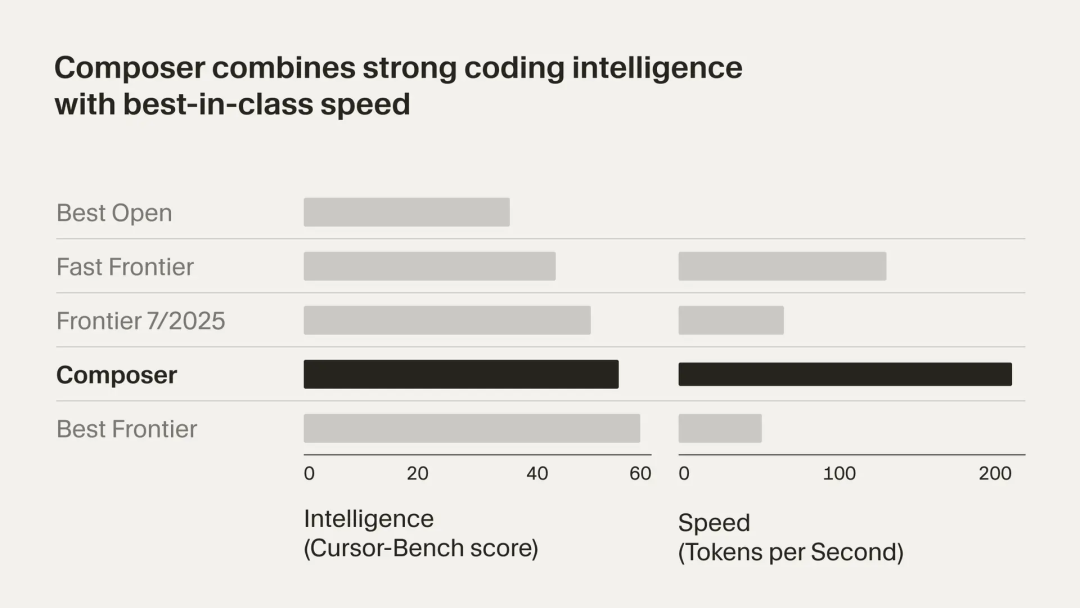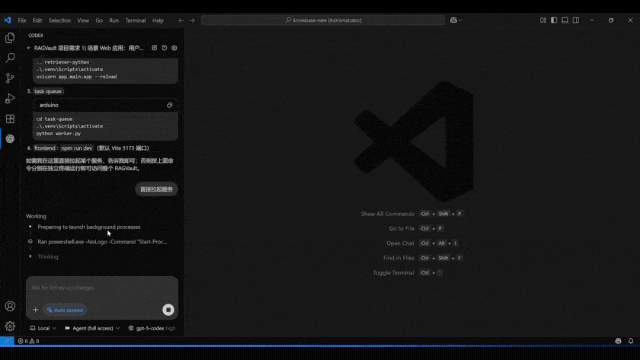Cursor launches its first coding LLM: 250 tokens/sec code generation with reinforcement learning + MoE architecture

Cursor 2.0 Launch: First Native Coding Model
Cursor has officially released Cursor 2.0, marking the debut of its first in-house large language model — Composer.
Unlike previous versions powered by GPT or Claude, Composer is fully developed and trained internally.
---
Why Composer is a Big Deal
According to Cursor:
- 400% faster task completion compared to competitors.
- Complex tasks finished in ~30 seconds.
- Purpose-built for low-latency coding and real-time reasoning in large, complex codebases.
---
New Features in Cursor 2.0
1. Native Browser Tool
Composer can:
- Test code
- Debug
- Iterate until results are correct
2. Voice-to-Code
Simply describe your idea aloud — Composer converts it directly into code.
3. Agent-Centric Interface
Shift from file-centric workflows to agent-centric ones:
- Multiple agents run simultaneously
- Each agent acts independently
- Parallel problem-solving → pick the best output automatically
> This multi-agent, parallel approach significantly boosts quality and efficiency.
---

---
Performance Benchmarks

Tests were run on Cursor Bench, an internal benchmark mimicking real-world developer scenarios.
Key Metrics:
- Generation speed: 250 tokens/sec —
- ~2× faster than GPT-5 and Claude Sonnet 4.5
- ~4× faster than many mainstream models
- Maintains high reasoning ability comparable to mid-tier frontier models
Beyond correctness, Bench also assesses:
- Consistency with abstraction levels
- Adherence to style guides
- Compliance with engineering best practices
---
Technology Behind Composer
Cursor’s research scientist Sasha Rush attributes the performance leap to reinforcement learning (RL) combined with a Mixture of Experts (MoE) architecture.
> “We trained a large MoE model with reinforcement learning, tuned toward real programming tasks, and it runs extremely fast.”

RL in a Real Environment
RL requires training in a working system — not just static datasets — to achieve expertise.
Training included:
- Full Cursor environment access
- Tool execution (file editing, semantic search, terminal commands)
- Real engineering tasks (proposal drafting, code changes, debugging)
- Automated testing and iterative self-correction
Emergent Behaviors:
- Running unit tests automatically
- Fixing code formatting errors
- Completing multi-step debugging workflows independently
---

System Integration Advantage
> “We co-designed Composer with Cursor to ensure smooth operation at full real-world scale.”
Unlike general-purpose LLMs competing purely on capability, Composer benefits from deep application-side integration, aligning model function with IDE workflows.
---

---
Skepticism & Transparency Concerns
While RL details are clear, the base model’s origin remains undisclosed.
Questions without answers:
- Is Composer pre-trained entirely by Cursor?
- Is it based on an open-source model?
- Was Cheetah, an earlier prototype, its foundation?

Hacker News discussions reveal repeated evasions on this point from Cursor researchers. Until there’s independent verification or official disclosure, skepticism will persist.
---
References
- https://news.ycombinator.com/item?id=45748725
- https://simonwillison.net/2025/Oct/29/cursor-composer/
- https://venturebeat.com/ai/vibe-coding-platform-cursor-releases-first-in-house-llm-composer-promising
- https://cursor.com/cn/blog/2-0
- https://x.com/srush_nlp/status/1983572683355725869
- https://x.com/cursor_ai/status/1983567619946147967
---
Related: Multi-Platform AI Content Monetization
For developers and creators inspired by AI-assisted workflows, platforms like AiToEarn offer open-source tools to:
- Generate AI content
- Publish across Douyin, Kwai, WeChat, Bilibili, Xiaohongshu, Facebook, Instagram, LinkedIn, Threads, YouTube, Pinterest, X (Twitter)
- Track analytics and model rankings
- Monetize efficiently across ecosystems
Open-source repo: AiToEarn on GitHub
---
Bottom line:
Composer in Cursor 2.0 represents a battle-ready, fully integrated AI coding assistant, leveraging reinforcement learning directly within the production IDE.
But until details on the base model architecture are revealed, questions about its origins will remain.



